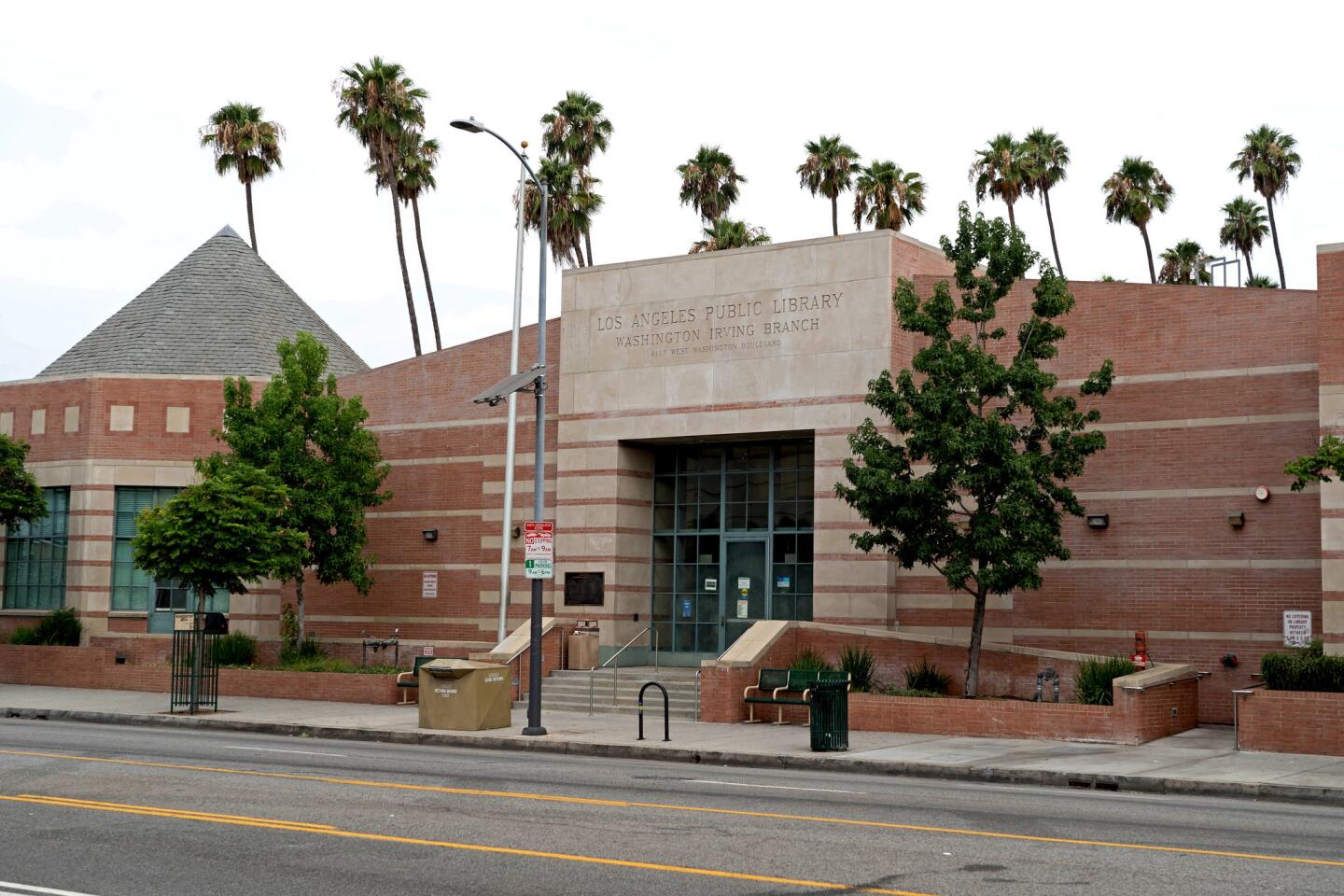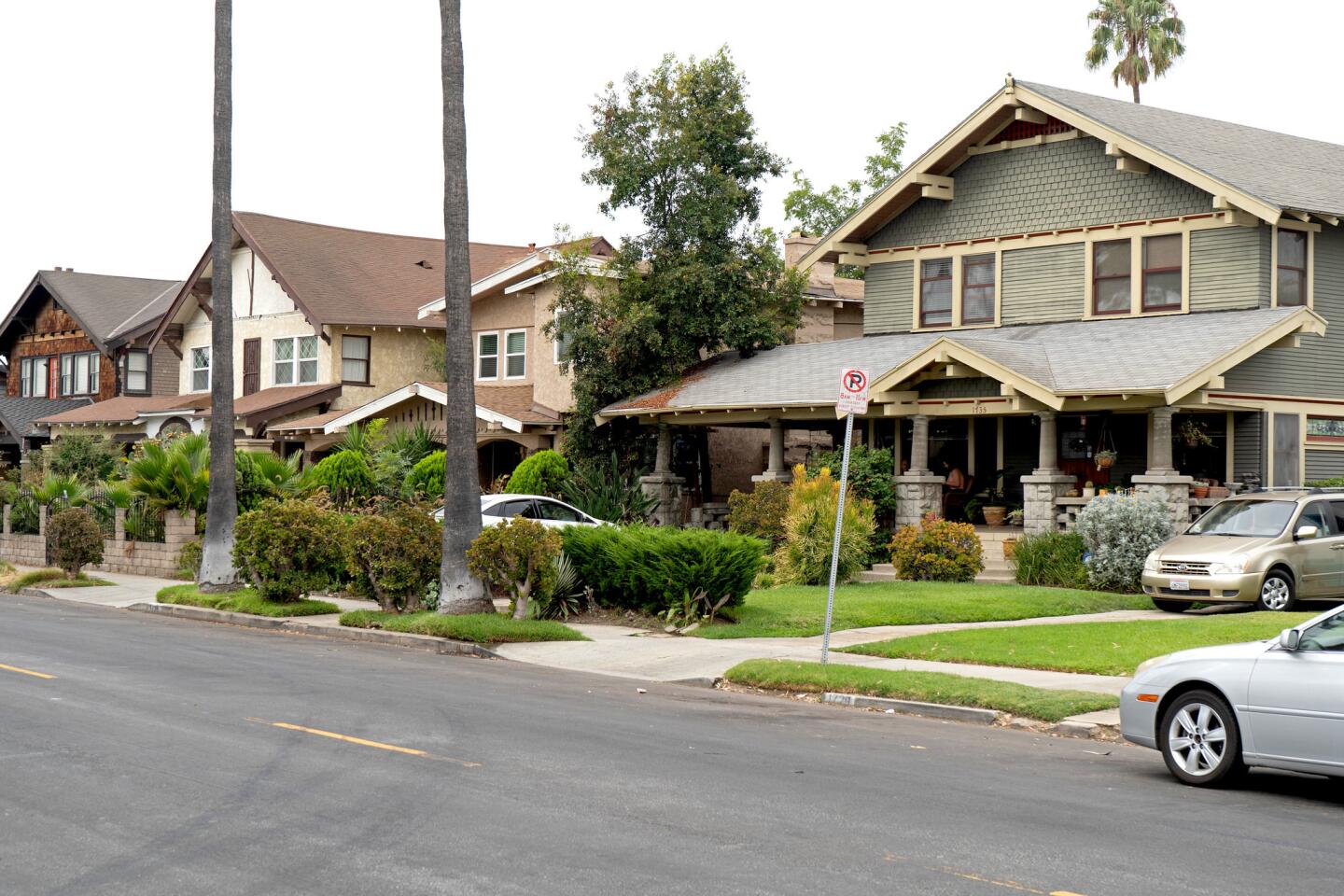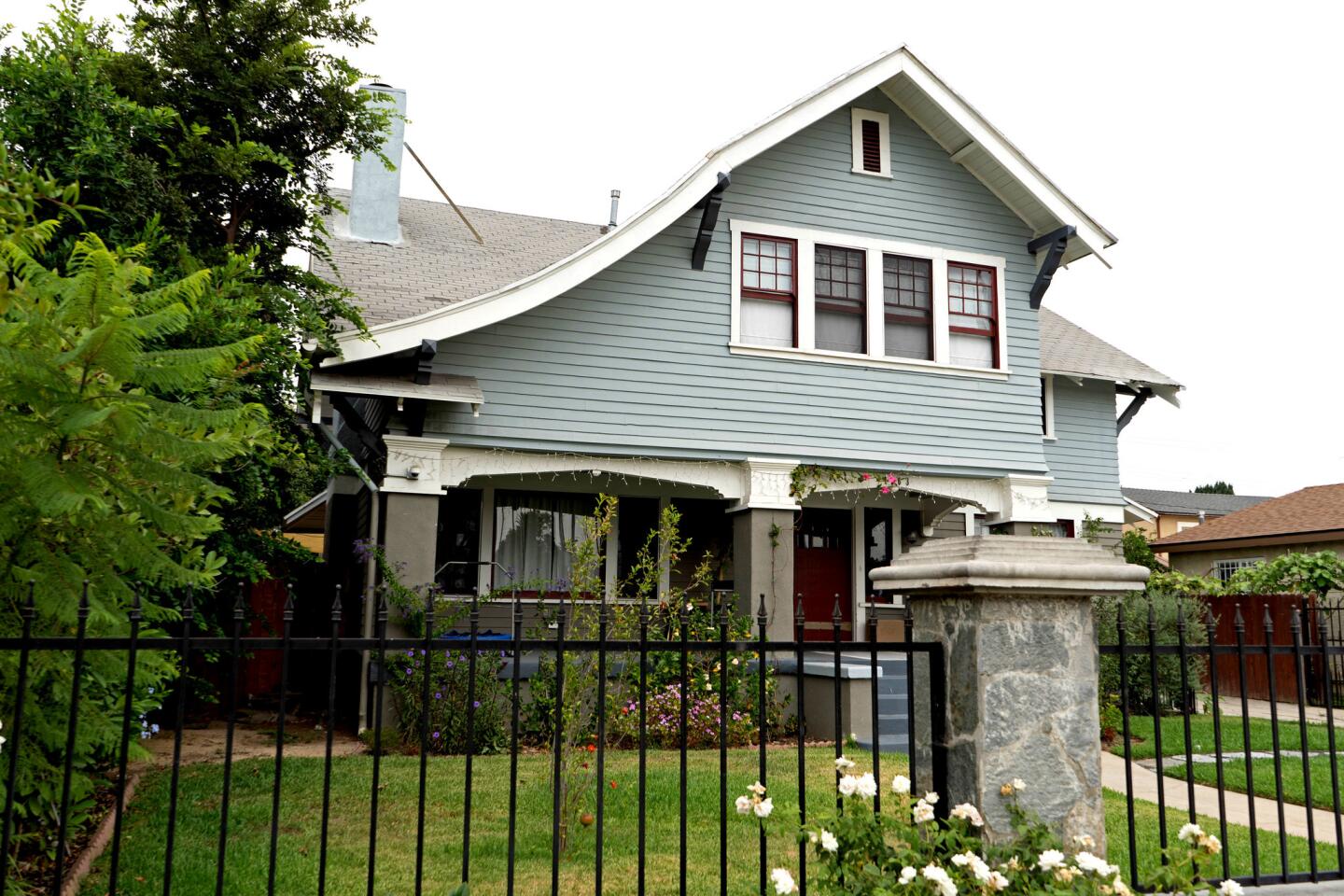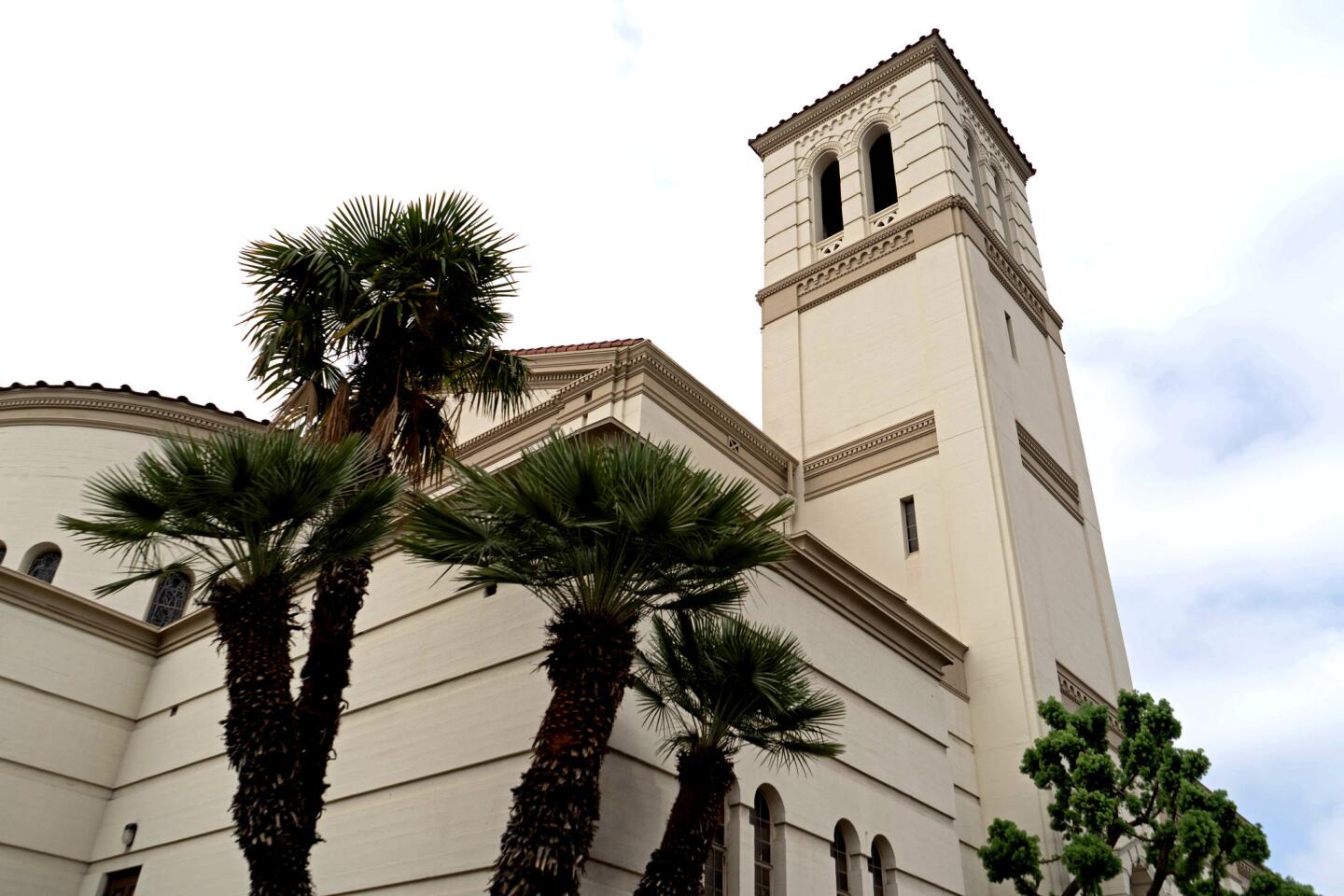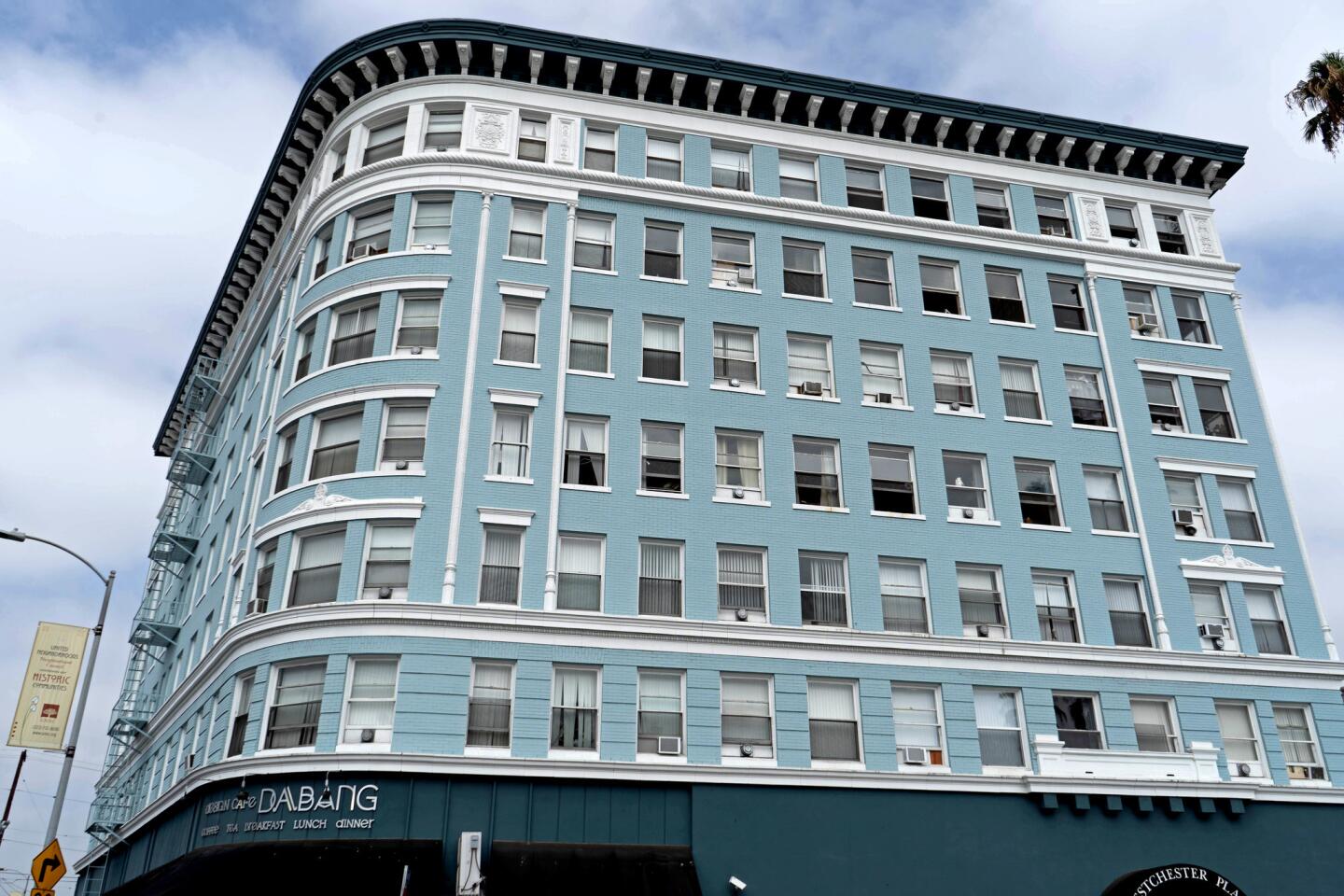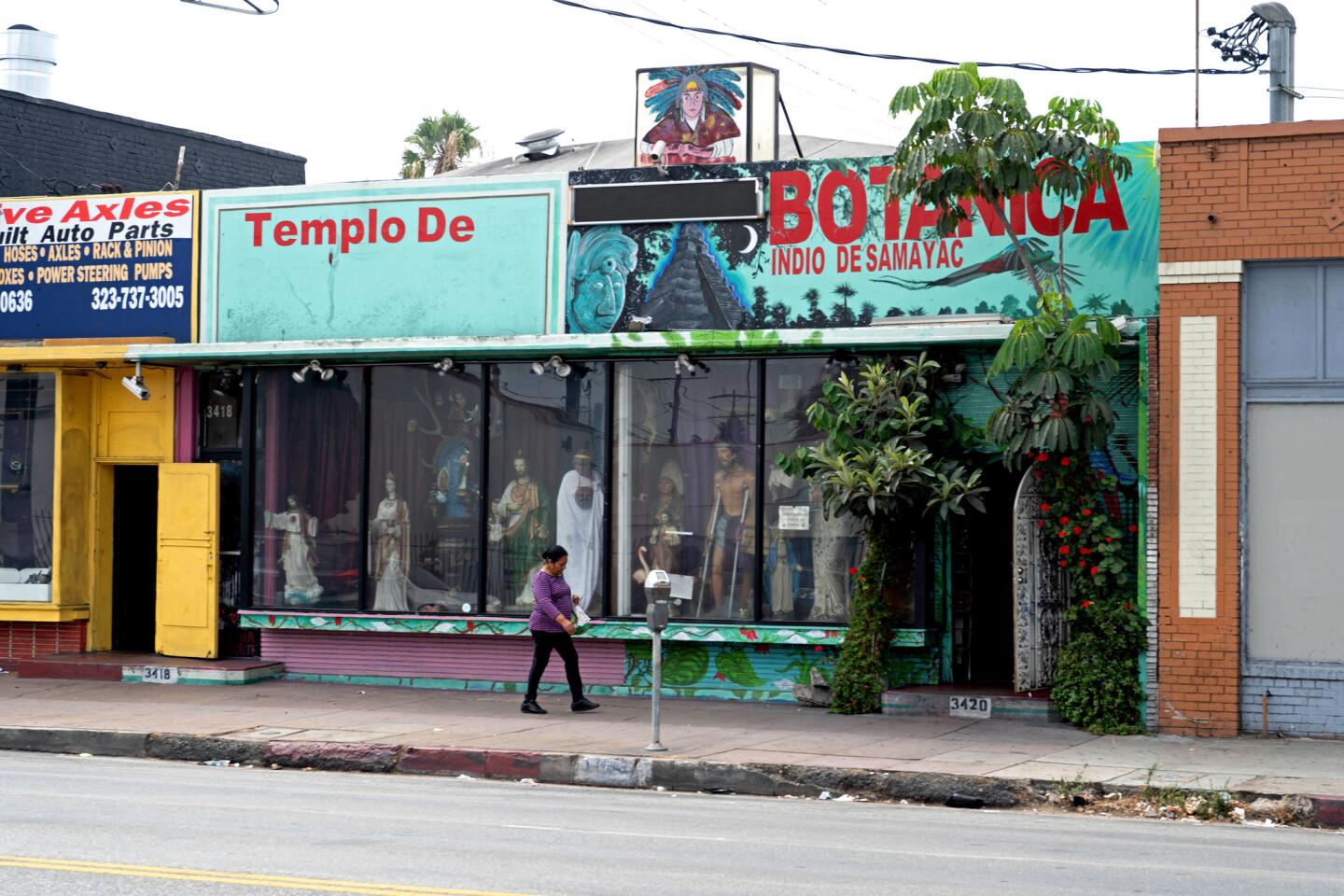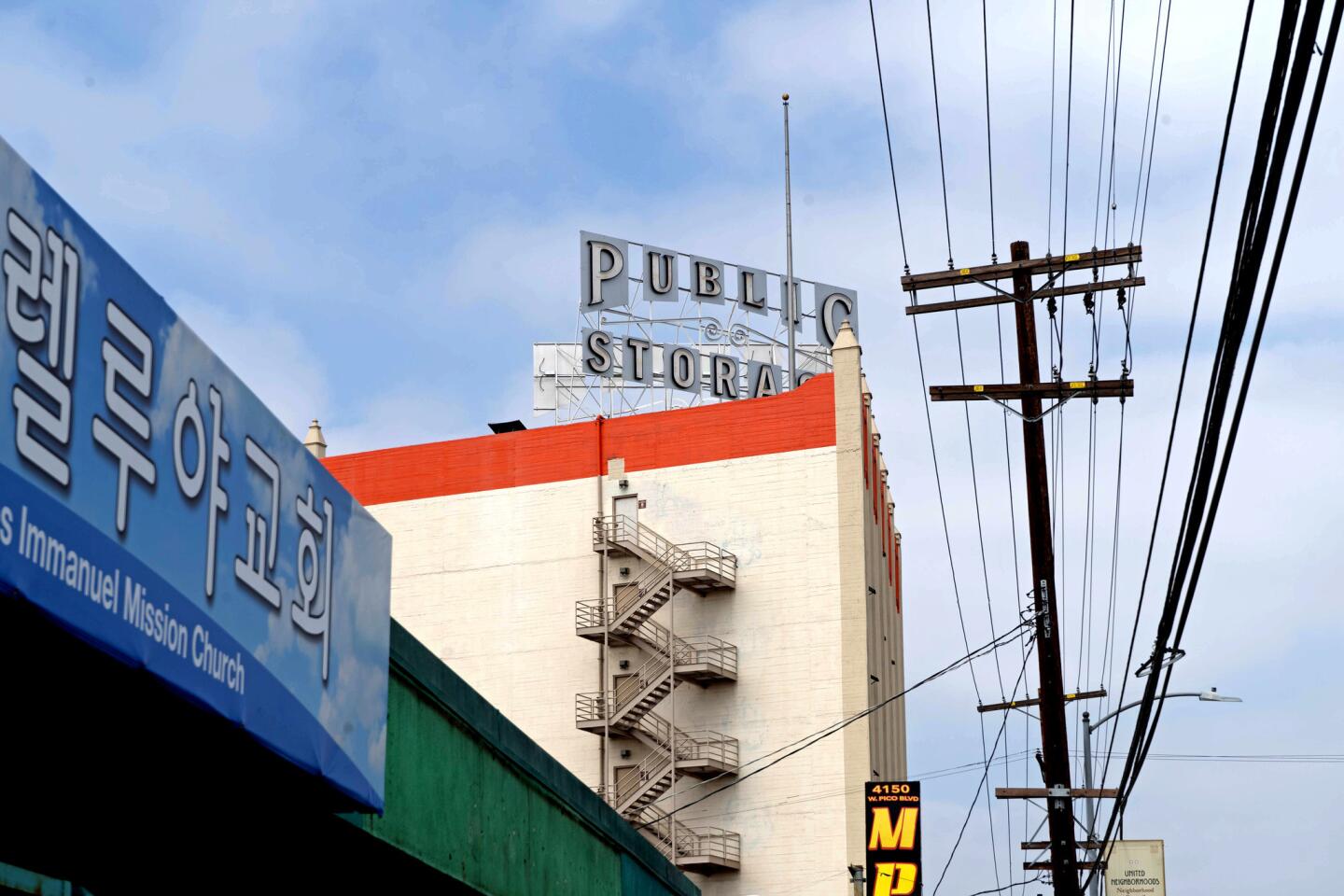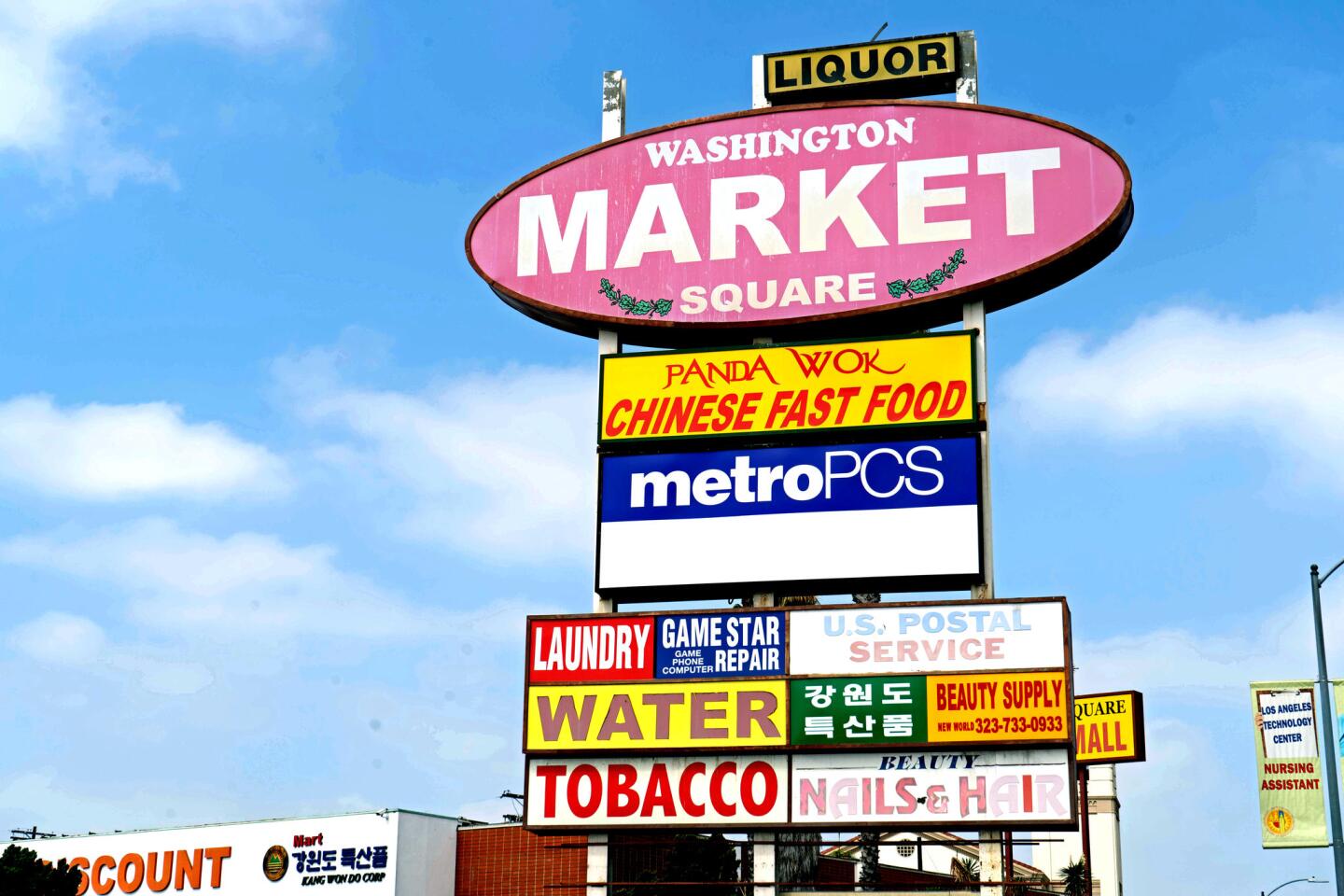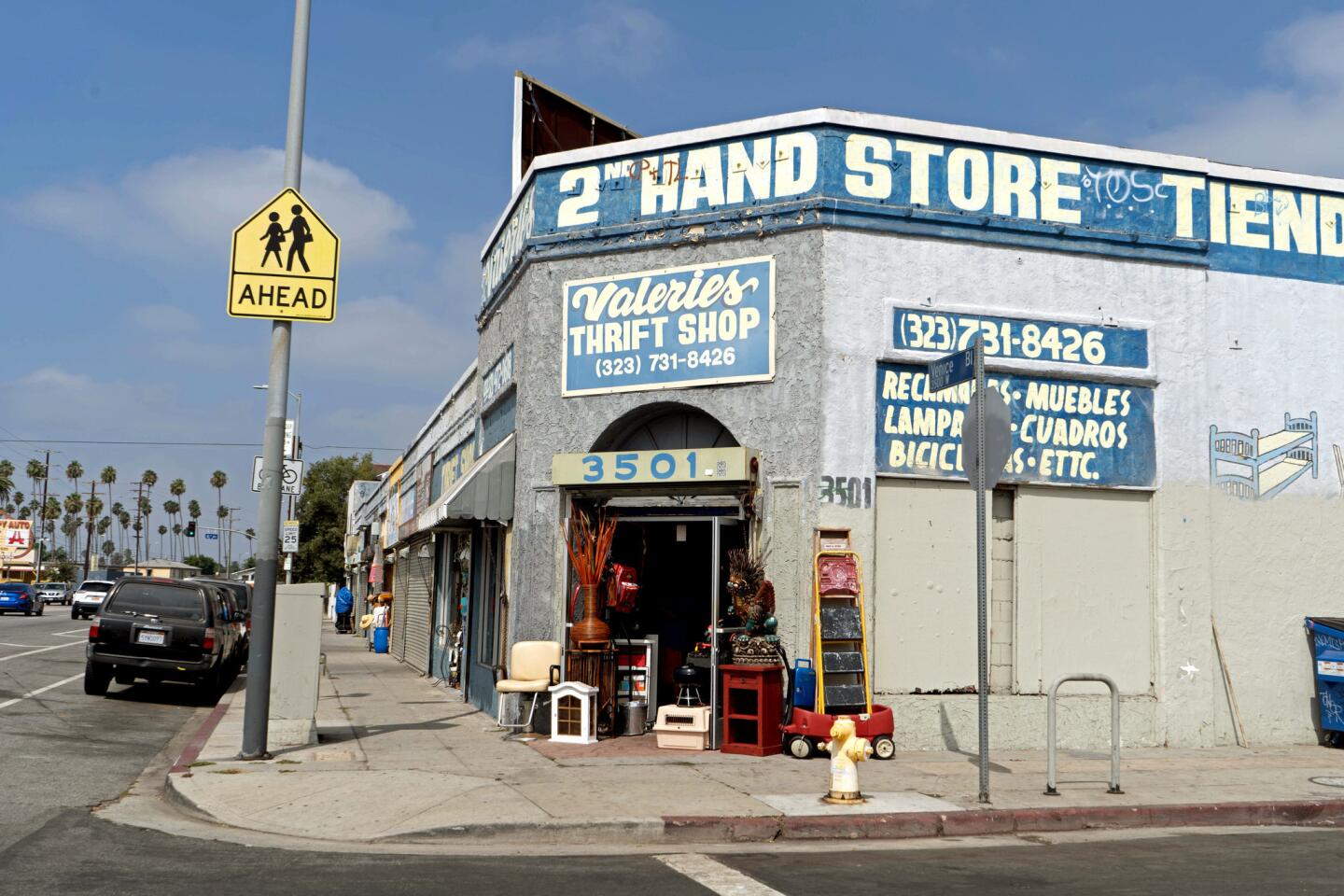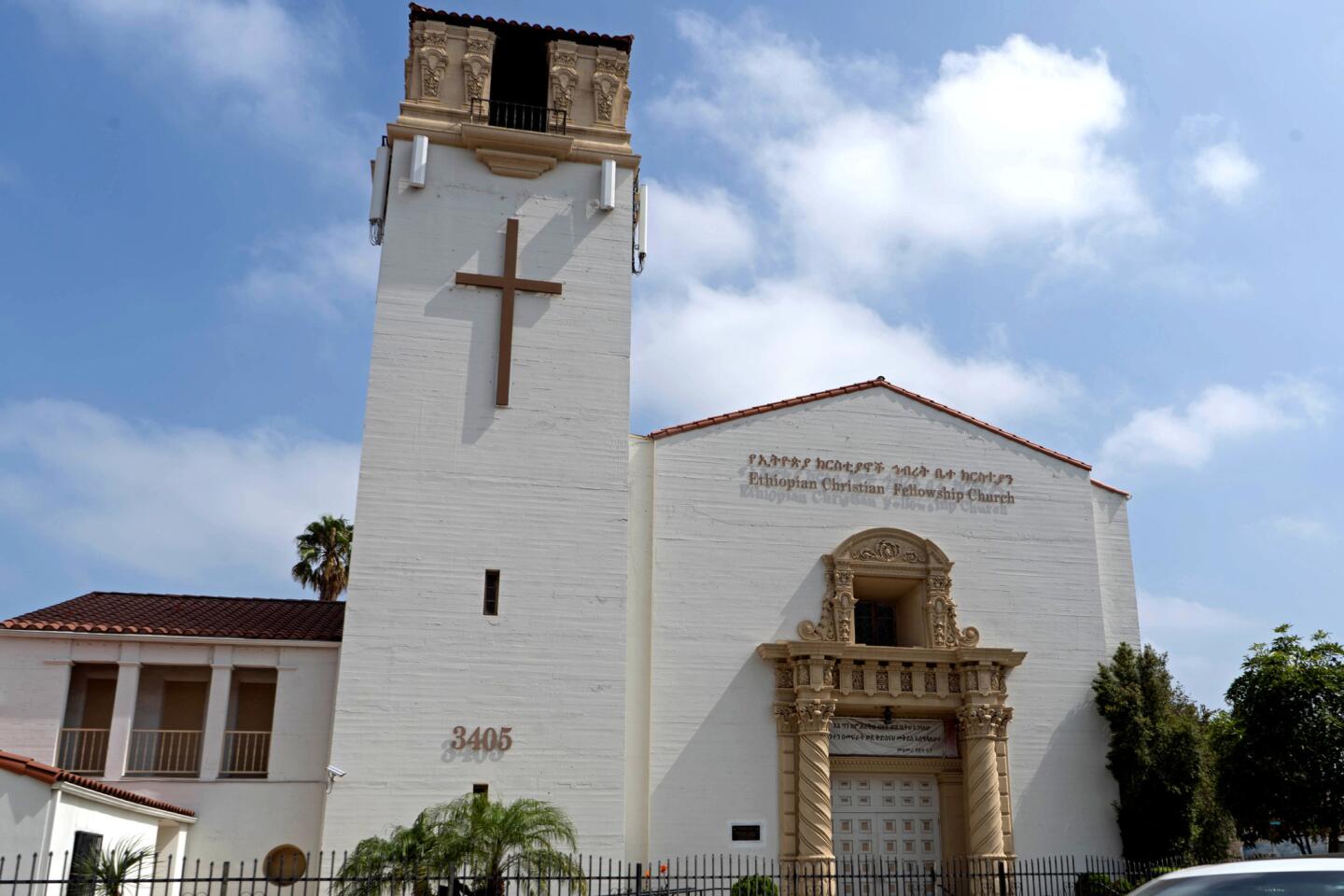Neighborhood Spotlight: Arlington Heights, a ‘streetcar suburb,’ is now a central character
- Share via
There are many folkloric notions about the early days of their city that Angelenos hold dear, but perhaps no narrative has the staying power of one of L.A.’s defining characteristics: urban sprawl.
It’s the tale of a dense, walkable urban core unwound by the rise of the automobile, which, aided and abetted by the advent of freeways, set loose a pack of slavering real-estate developers on the pristine landscape.
Complicating that pat narrative is the fact that L.A. has always strained against the old Spanish street grid, coveting the vast coastal plain between the pueblo and the ocean.
Beginning in the 1800s, waves of real estate booms and busts pushed the city limits to the west, but only at a distance that a horse-drawn carriage could easily traverse. Anything beyond that was the hinterlands.
To allow the city to grow would require technology that allowed for long-distance travel for the masses, at something considerably faster than a horse’s trot. The electrified streetcar, which initially served only downtown, was perfectly suited to the task.
Streetcar lines soon crisscrossed the basin, and along these east-west trolley routes L.A.’s boulevards appeared, including Washington, Venice and Pico. Although they were little more than unpaved country roads, they succeeded in pushing the city frontier westward.
Streetcar suburbs, which had previously been confined to close-in areas such as Angelino Heights, began to appear along these lines, including one development on a broad mesa with commanding views of the basin.
Originally marketed in the late 1800s as “Right in the Way of Los Angeles City’s Magnificent March to the Sea,” the proposed town site of Arlington Heights was too far ahead of its time and failed to take hold due to its distance from town.
A Feb. 23, 1887, advertisement in the Los Angeles Times rhapsodized about the lots: “On these ridges are located the most magnificent building sites in Los Angeles,” offering “that glorious view of mountain, valley and ocean; from Catalina Island to San Jacinto Peak.” It admitted that the terminus of the Electric Railway was still half a mile away but predicted it would be there soon: “The elegant lawns and stately mansions of the rich will be found here within a short time.”
The Pico Heights streetcar line ended at Arlington Boulevard, which remained the city’s western limit until the 1890s. When the rails finally did push into Arlington Heights, nearer the turn of the century, the calculus of the wealthy Angelenos who were its target demo changed. Now they could enjoy the views and cool breezes of the country while still commuting into the city for work and entertainment.
The success of Arlington Heights and other streetcar suburbs would set the template for how the rest of L.A.’s development would proceed, automobile or no. Run a streetcar line, or boulevard, or parkway or freeway out to where the city was not, and before long the city would fill in the gap.
Neighborhood highlights
Homes with a history: Arlington Heights has a remarkable concentration of intact American Foursquare, Craftsman and Spanish Colonial Revival homes.
Central location: It may have been in the country when it was founded, but Arlington Heights is now conveniently close to the action in Koreatown and downtown.
Gallery row: Anchored by the Underground Museum, a stretch of Washington Boulevard between 3rd and 6th avenues is becoming a hot spot for art galleries and boutiques.
Neighborhood challenge
Supply and demand: With many of the homes in the neighborhood currently functioning as rental properties, would-be home buyers face high prices and limited inventory.
Expert insight
With about 20,000 people living in 1 square mile, you won’t find much space to spread out in Arlington Heights. But Morgan Pasco, an agent with a decade of experience in the area, sees it as a positive.
“Businesses priced out of the Westside are opening here, and people are also flipping homes and adding value,” she said.
She sells to both developers and first-time buyers. With plenty of listings under $1 million, the neighborhood enables people to get their foot in the door.
Public transportation also alleviates the density issue.
“A lot of my buyers live here but work in Culver City,” she said. “With public transportation options going to the Westside, there are less cars on the road.”
Market snapshot
In the 90019 ZIP Code, based on 18 sales, the median sales price for single-family homes in July was $1.086 million, up 10.8% year over year, according to CoreLogic.
Report card
Three of the four public schools in the Arlington Heights area scored in the 700 range on the 2013 Academic Performance Index. That includes Pio Pico Middle, at 743, Arlington Heights Elementary, at 740, and Carson-Gore Academy of Environmental Studies, at 728.
Johnnie L. Cochran Jr. Middle School scored 666.
Times staff writer Jack Flemming contributed to this report.
More to Read
Sign up for Essential California
The most important California stories and recommendations in your inbox every morning.
You may occasionally receive promotional content from the Los Angeles Times.
